
Nissan X-Trail 2024 India Review: Good, But Not Good Enough!
- Jul 26, 2024
- Views : 12022

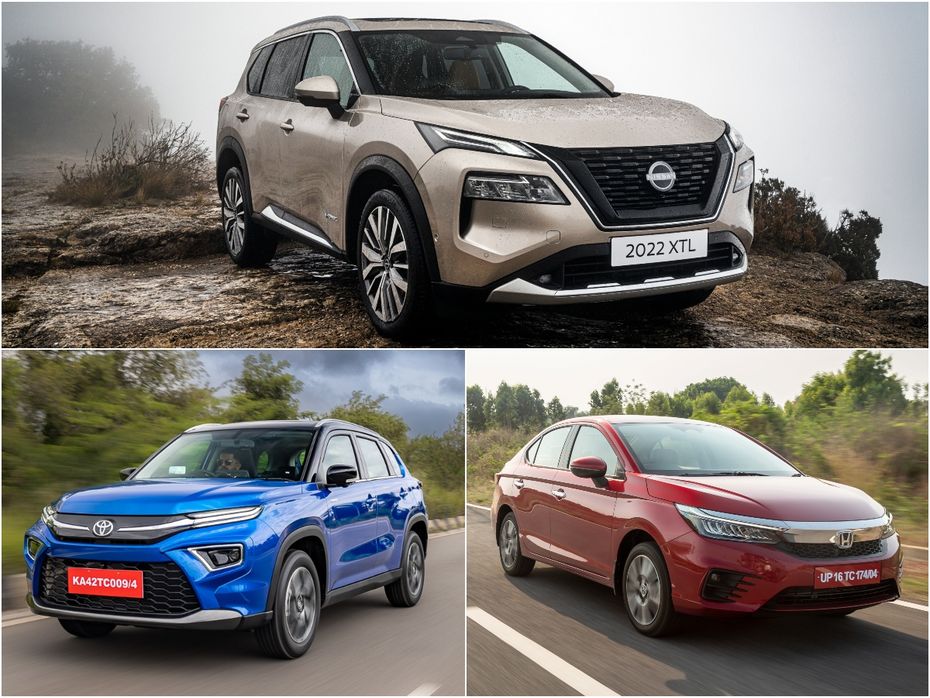
Well behind domestic and Western auto companies, Japanese carmakers are only just joining the race for electrification in India. The Honda City e-HEV carved a new niche for strong hybrids in the sub-20 lakh price segment, and Toyota followed suit with its own Hyryder and its Maruti sibling.
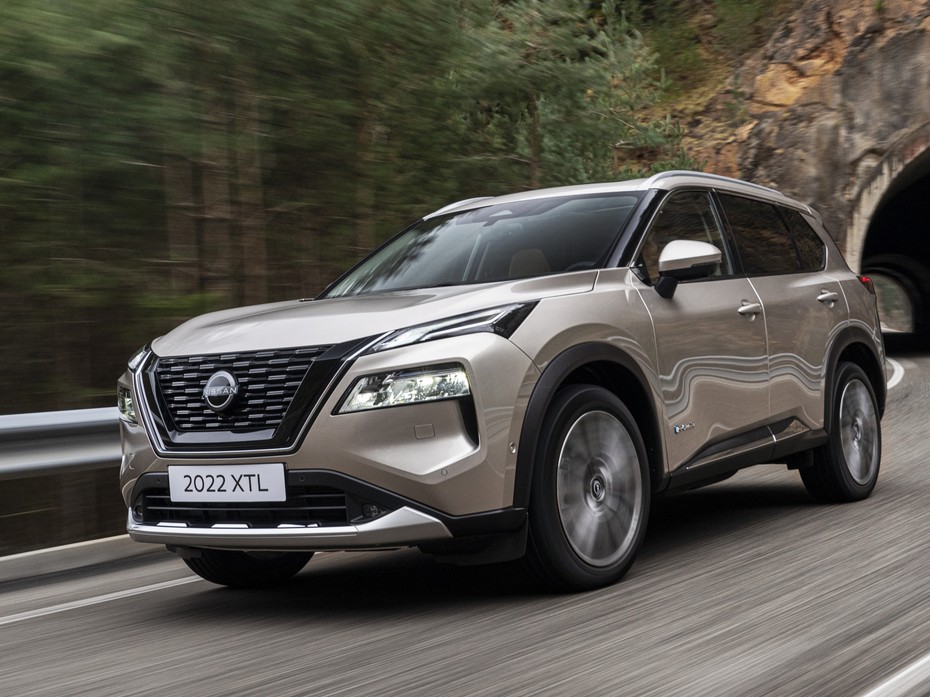
Now, Nissan will debut its own version of the electrified powertrain with the X-Trail that’s destined to hit the market in 2023. Here’s how the self-charging hybrid systems from the three carmakers differ from each other.
Honda City’s hybrid system: The City e-HEV has a highly efficient 1.5-litre, Atkinson-cycle engine at its core. The hybrid system comprises two motors of different outputs, with the higher-output motor connected to the wheels.
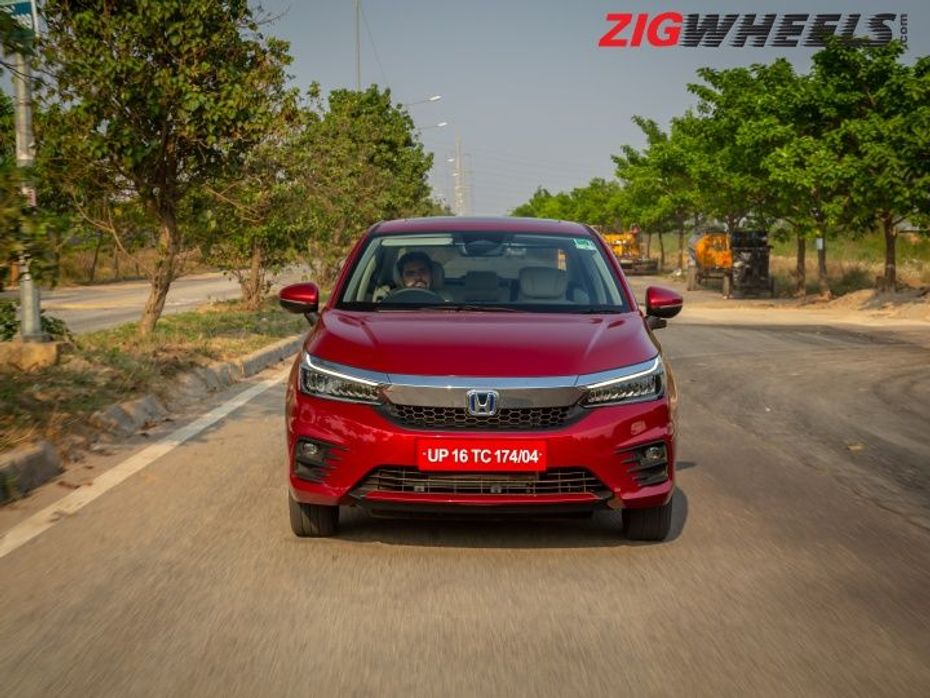
There is no ‘transmission’, instead the City is operated by the high-output motor most of the time. This system is programmed to automatically switch between EV, hybrid and engine modes of propulsion, depending on what is demanded of the powertrain at any given moment. Majority of the time, the e:HEV system is in hybrid mode, with the combustion engine generating electricity for the battery that feeds the drive motor.
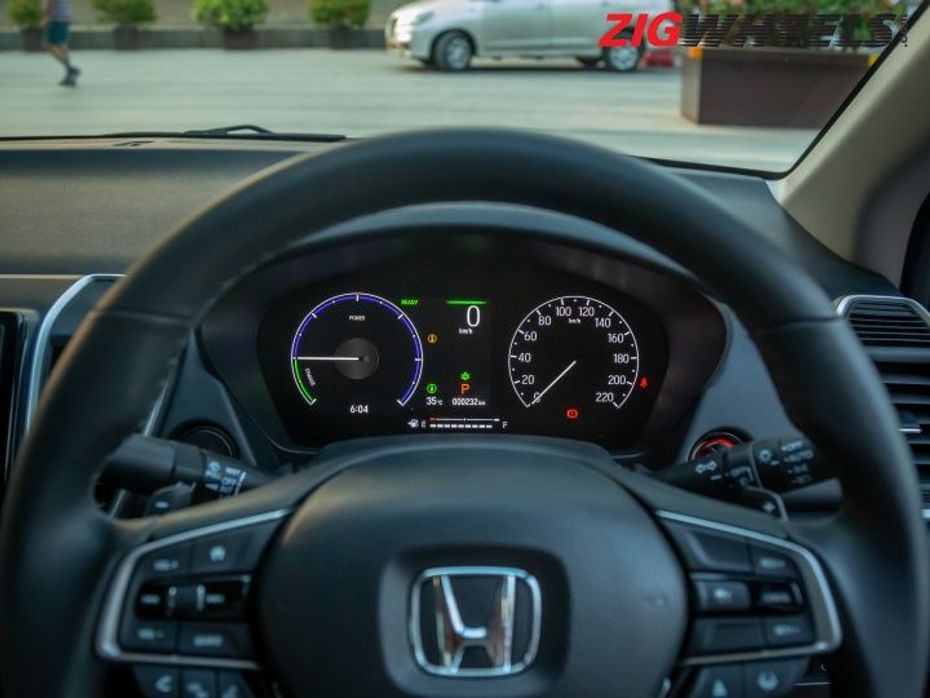
the automobile community
It always starts in EV mode, using it primarily for slow speed crawls and parking manoeuvres. Only on long stretches of the highway is the City hybrid driven solely by the engine, as it is determined to be at its most-efficient form in those conditions.
Toyota’s hybrid system: The Toyota Hyryder and Maruti Grand Vitara use Toyota’s hybrid drive system that also uses two motors, a generator (to charge the battery) and a higher-output traction motor (to drive the wheels). The 1.5-litre, Toyota-developed petrol engine as well as traction motor transmit power to the wheels via a ‘power split’ device, which comprises a planetary gear set that can move the car using the traction motor, engine or both.
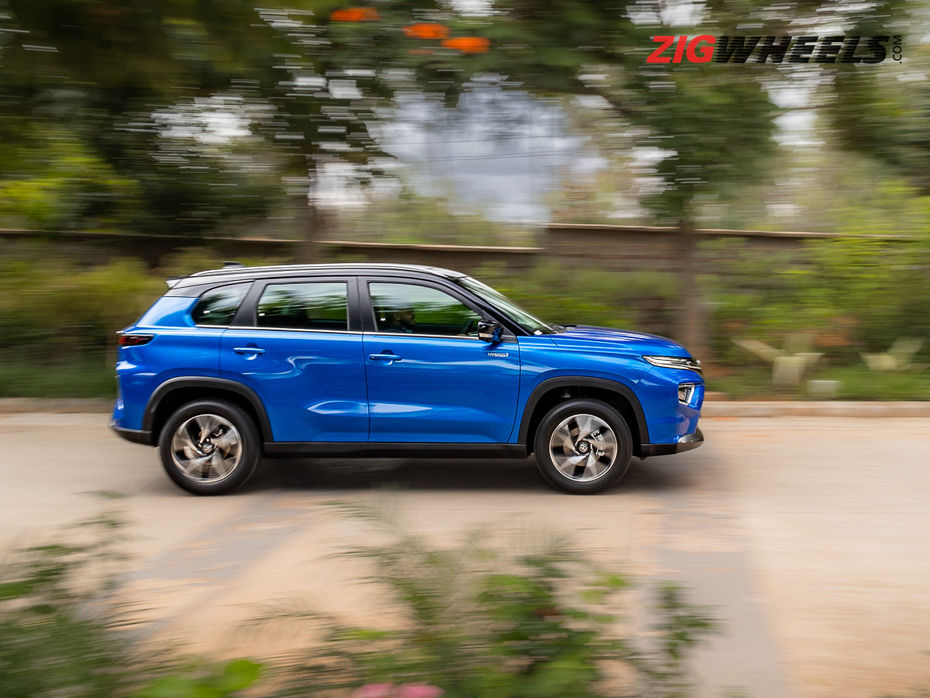
Similar to the City hybrid, the Hyryder’s strong-hybrid system drives at low speeds using only the main (higher output) e-motor. While accelerating and normal driving at higher speeds, both engine and motor remain on.
Nissan e-Power hybrid system: Nissan’s vehicles use a different kind of hybrid system that still uses – you guessed it – separate generator and starter motors. But the e-Power system makes things a bit simpler to understand. Simply put, the traction motor drives the wheels at all times and the engine has no mechanical connection to the wheels.

Instead, the engine is connected to the generator motor and only comes on to recharge the battery, whether you’re cruising on the highway or making a quick overtake. The main e-motor also has a regenerative braking feature that allows it to charge the battery when coasting or decelerating.
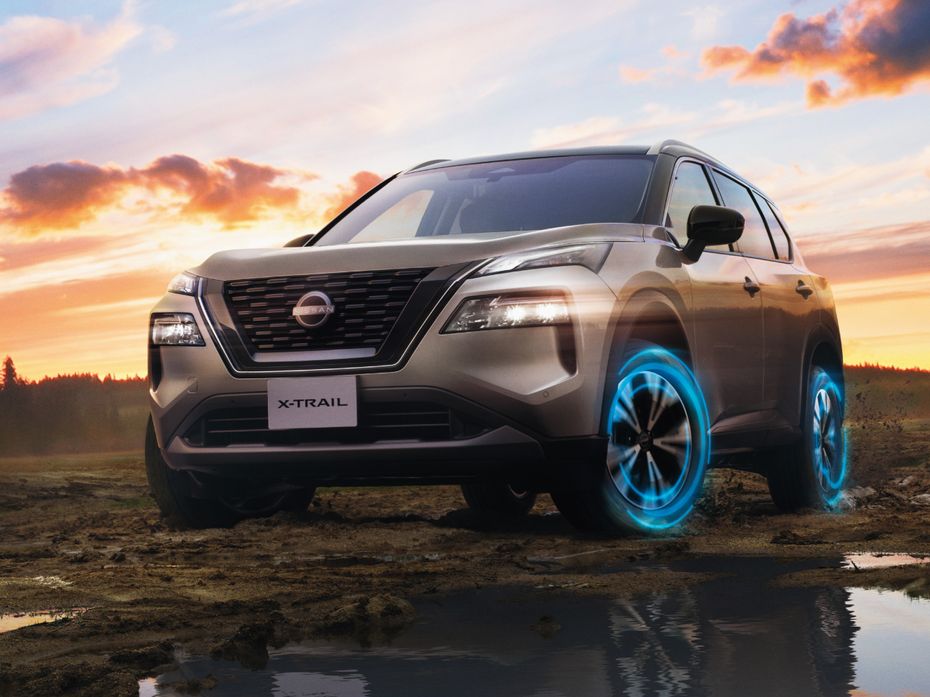
In both Toyota and Honda hybrids, the ICE engines drive the wheels at least some of the time. But Nissan’s e-Power system differs because the engine power never reaches the wheels and it is just there to charge the battery pack.
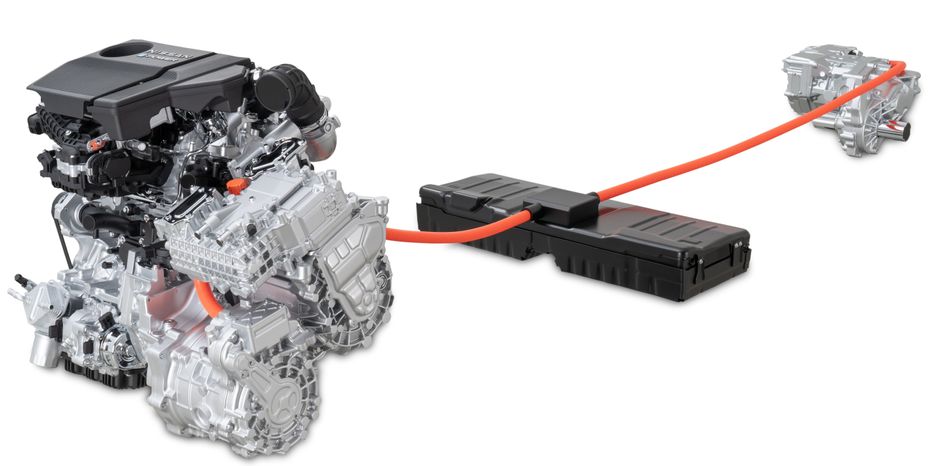
In other words, the upcoming Nissan Qashqai and X-Trail strong hybrids are driven by e-motors solely, similar to EVs. Each has a powerful e-motor and larger battery pack in comparison to standard strong-hybrid cars; they offer a comparable instantaneous torque and seamless power delivery as any other electric car. But unlike conventional EVs, Nissan’s e-Power strong hybrids don’t have to be charged up by plugging in and aren’t limited by their range.
ZigOpinion: Right Time For Nissan To Bring e-Power Hybrid Powertrain To India
Nissan X-Trail SUV Showcased In India: Design, Features, Specifications, And Expected Pricing
Nissan Qashqai Showcased In India: Styling, Features, Powertrains, Expected Price And Rivals
By now, you must have realised that combining an ICE engine with an electrified drivetrain is immensely complicated. This is the main reason why a strong-hybrid vehicle is more expensive than an ICE or even a mild-hybrid car.

Hybrids are complex, but all of the above systems have been developed by Japanese car brands with a robust reputation for reliability. Until the EV charging network develops further, strong, self-charging hybrids offer excellent fuel economy, uncompromised performance and versatility.


Nissan X-Trail 2024 India Review: Good, But Not Good Enough!

2024 Nissan X-Trail Accessories Explained: You Won't Believe The...

2024 Nissan X-Trail Launched In India At Rs 49.92 Lakh, Expands...

2024 Nissan X-Trail Launch Tomorrow: 5 Things You Need To Know

Here’s How You Can Configure The Nissan X-Trail’s Seating...

Watch: How Quick Is The 2024 Nissan X-Trail In The Real World?

2024 Nissan X-Trail vs Jeep Meridian: Specifications Compared

You Can Now Officially Book The Upcoming 2024 Nissan X-Trail

2024 Nissan X-Trail vs Skoda Kodiaq: Specifications Compared
 Mercedes-Benz GLA
Mercedes-Benz GLA
 BMW X1
BMW X1
 Toyota Fortuner Legender
Toyota Fortuner Legender
 Kia EV6
Kia EV6
 MG Gloster
MG Gloster
India's largest automotive community
 Here Are Some Adrenaline Pumping Experiences From Auto Expo 2025 That You Should Not Miss!
Here Are Some Adrenaline Pumping Experiences From Auto Expo 2025 That You Should Not Miss!
 All You Need To Know About The Surprise Element At Auto Expo 2025: BMW iX1 LWB
All You Need To Know About The Surprise Element At Auto Expo 2025: BMW iX1 LWB
 Hyundai Creta Electric Reaches Dealerships, Here’s A List Of Its Pros And Cons Before You Check It Out!
Hyundai Creta Electric Reaches Dealerships, Here’s A List Of Its Pros And Cons Before You Check It Out!
 MG Showcases A PHEV At Auto Expo 2025: The MG HS PHEV
MG Showcases A PHEV At Auto Expo 2025: The MG HS PHEV
 Hyundai Creta
Rs. 11.10 Lakh
Hyundai Creta
Rs. 11.10 Lakh
 Tata Punch
Rs. 5.99 Lakh
Tata Punch
Rs. 5.99 Lakh
 Mahindra Thar ROXX
Rs. 12.99 Lakh
Mahindra Thar ROXX
Rs. 12.99 Lakh
 Tata Nexon
Rs. 7.99 Lakh
Tata Nexon
Rs. 7.99 Lakh
 Mahindra XUV700
Rs. 13.99 Lakh
Mahindra XUV700
Rs. 13.99 Lakh